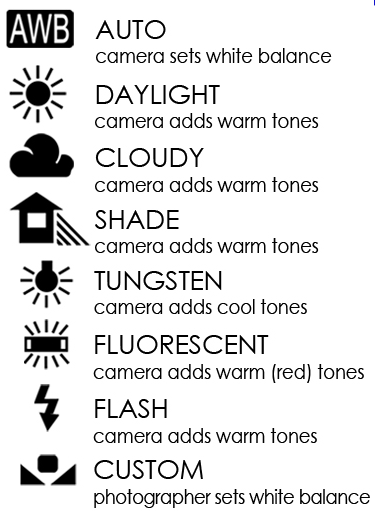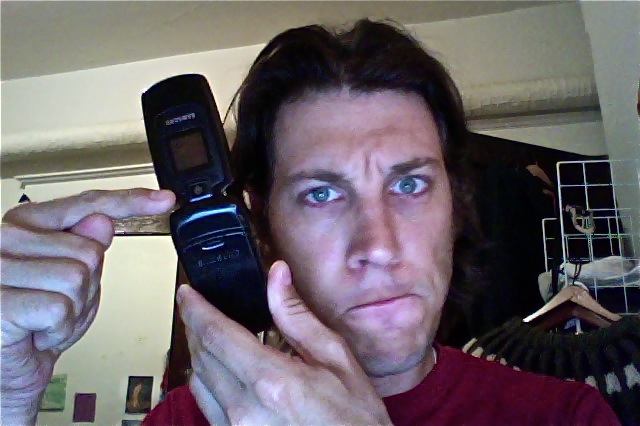How to photograph your own art for documentation and promotional purposes.
Photographing a two dimensional art work:
This is the technique for documenting paintings of all mediums;
watercolour, acrylic, oil, encaustic, etc…
The same technique is used for
screen prints, etchings, drawings, and all forms of printmaking.
As well as fabric, fibre and textile based works of art.
This guide is for photographing any and all works of art that are primarily two dimensional.
The art can be framed, with or without glass, or unframed.
The easy way:
Not everyone can afford a $3000 camera and a $500 lens. Hopefully you have a camera better than the ones that come with phones these days.
A point and shoot automatic camera will be adequate.
The easiest way to photograph art is to use natural light from the sun.
On an overcast day the light is quite ideal as long as the sun does not suddenly break through the clouds and change the quality of the light.
Use the preset white balance options of cloudy or shade in the camera.

If it is a sunny day then place the work in the shade, near a house or large wall.
Direct sunlight can cause harsh shadows on art that has thick brush strokes. Harsh shadows are not so good. We want to to look at the art, not be distracted by how the art is lit.
The light coming through a big window can work well too.
Set up the art on your kitchen table and start shooting.
Another easy way to shoot indoors; use a lamp!
Place the light centred and a little above the art or get an assistant to hold it.
The goal is to illuminate the art as evenly as possible.
Use 100 W bulbs. 40 and 60 watts are not bright enough.
Use the tungsten setting in the camera white balance settings.
If you have two lights then place them at equal distances from the art on either side.
This will give slightly more even lighting to the art and avoid annoying reflections on glossy parts of the art.
Zoom the camera lens out a bit to eliminate bending the edges of the art.
If the zoom lens is at a wide setting then something square will look bent.
Take a few steps back from the art and zoom in a bit.
A tripod, even a cheap one, will help you frame up the shot.
Try to get the art to fill the shot as much as possible.
A scanner can be used to copy small works as well as long as they are perfectly flat and smaller than 8.5 x 11 inches.
As long as the art can make full contact with the platen (the glass of the scanner) and the art is not lumpy or curved in any way, then a scanner can do a good job of digitizing art.
